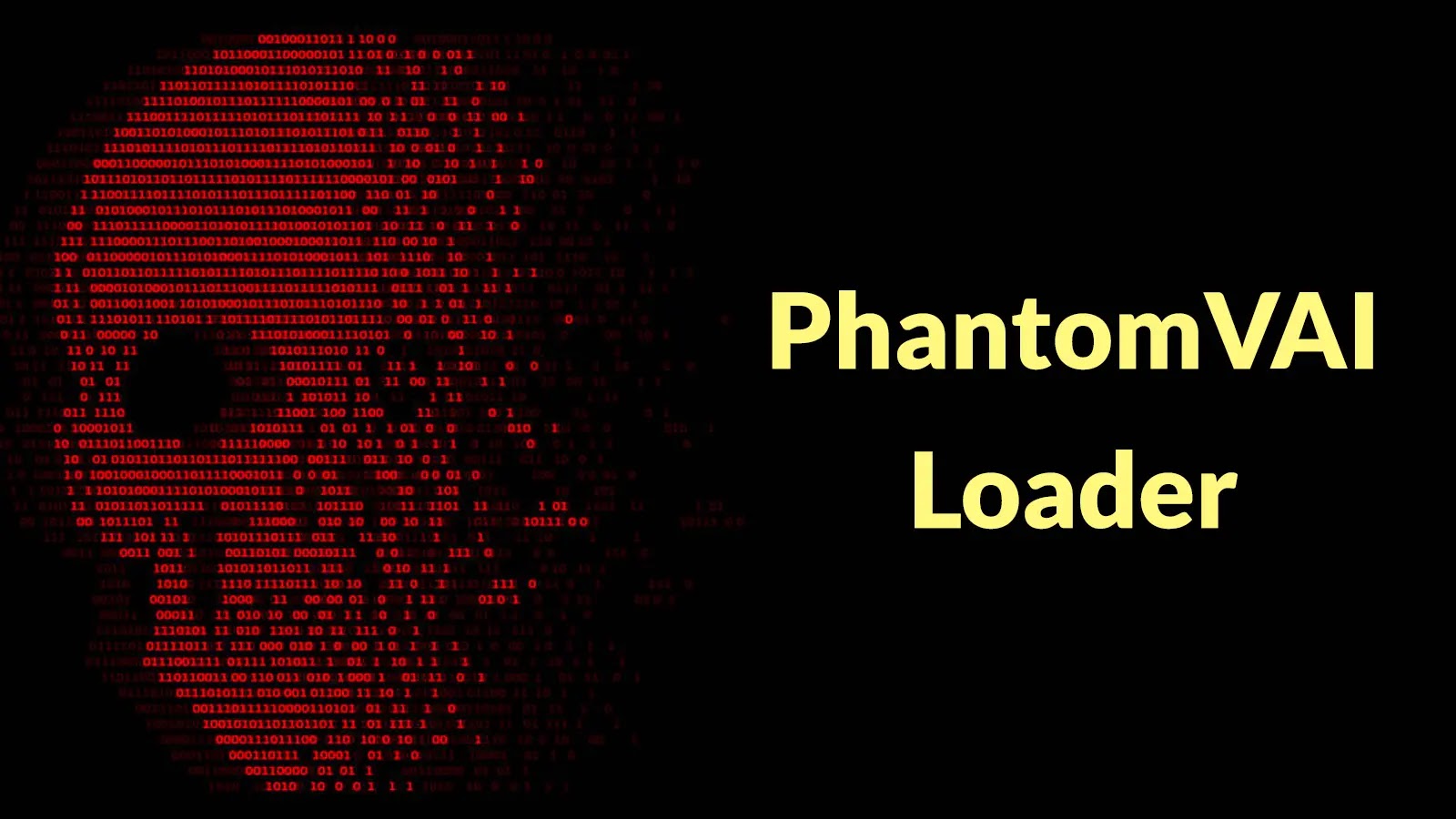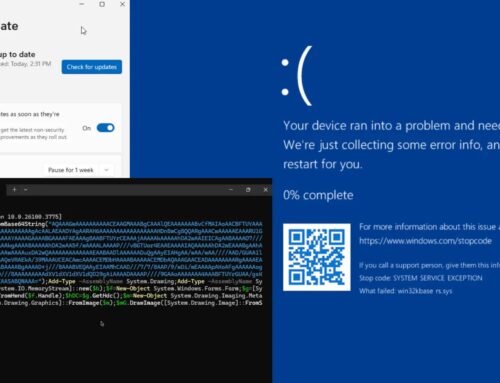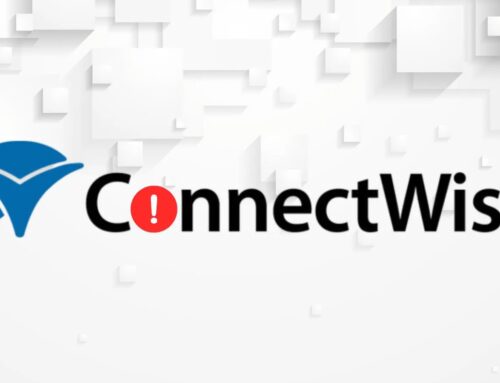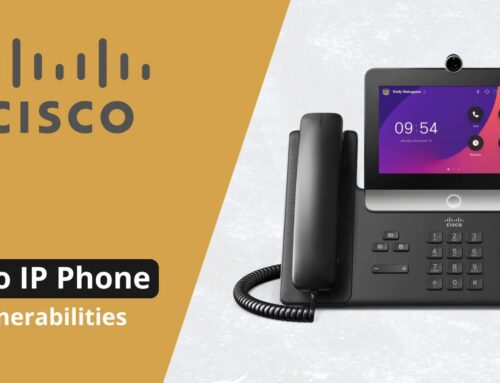
PhantomVAI Loader Attacking Organizations Worldwide to Deliver AsyncRAT, XWorm, FormBook and DCRat
Organizations worldwide are currently facing a sophisticated and pervasive multi-stage malware campaign leveraging the PhantomVAI Loader. This aggressive threat actor is actively distributing dangerous information-stealing malware such as AsyncRAT, XWorm, FormBook, and DCRat across critical sectors, including manufacturing, education, healthcare, technology, utilities, and government. Understanding the mechanisms of this attack and implementing robust defensive measures is paramount for safeguarding sensitive data and maintaining operational integrity.
The PhantomVAI Loader: A Multi-Stage Threat
The PhantomVAI Loader, previously identified as the Katz Stealer Loader, represents a significant escalation in malware delivery tactics. Its primary function is to serve as an initial access broker, setting the stage for the deployment of more potent and destructive payloads. The attack chain typically begins with highly convincing and carefully crafted phishing emails designed to trick recipients into executing malicious code. These initial intrusions pave the way for the loader to establish persistence and download subsequent stages of the attack.
Distribution of Vicious Payloads
Once PhantomVAI establishes a foothold, it acts as a conduit for a variety of notorious information-stealing malware families:
- AsyncRAT: A powerful Remote Access Trojan (RAT) capable of extensive system control, data exfiltration, keystroke logging, and webcam/microphone access.
- XWorm: Another versatile RAT with functionalities spanning remote command execution, file management, and stealthy data theft.
- FormBook: A pervasive information-stealer designed to harvest credentials, browser data, and other sensitive information from compromised systems.
- DCRat: A modular remote access trojan known for its ability to steal credentials, record audio/video, and execute commands remotely.
The flexibility of the PhantomVAI Loader in delivering such a diverse array of threats underscores its danger, allowing attackers to tailor their subsequent actions based on the target environment and their ultimate objectives.
Targeted Sectors and Global Reach
The broad spectrum of targeted sectors highlights the indiscriminate nature of this campaign and the significant financial and reputational risks involved. Organizations within:
- Manufacturing: Risking intellectual property theft and operational disruption.
- Education: Threatening student and faculty data, as well as research integrity.
- Healthcare: Compromising patient records and critical infrastructure.
- Technology: Exposing proprietary software and development secrets.
- Utilities: Posing a direct threat to essential services and national security.
- Government: Leading to espionage, data breaches, and public trust erosion.
This widespread targeting indicates a well-resourced and persistent threat actor aiming for maximum impact across various industries globally.
Remediation Actions and Proactive Defenses
Defending against advanced threats like the PhantomVAI Loader requires a multi-layered security strategy and a proactive stance. Organizations must prioritize the following actions:
- Employee Training and Awareness: Conduct regular and realistic phishing simulations and cybersecurity awareness training. Educate employees on identifying suspicious emails, attachments, and links.
- Email Security Gateway: Implement robust email security solutions that include advanced threat protection, spam filtering, and attachment/URL sandboxing.
- Endpoint Detection and Response (EDR): Deploy EDR solutions to monitor endpoints for malicious activity, detect anomalies, and provide rapid response capabilities to contain threats.
- Next-Generation Antivirus (NGAV): Ensure all endpoints are protected with up-to-date NGAV solutions capable of behavioral analysis and machine learning to detect evasive malware.
- Patch Management: Maintain a rigorous patch management program for all operating systems, applications, and network devices to close known security vulnerabilities.
- Network Segmentation: Implement network segmentation to limit the lateral movement of malware within the network should a breach occur.
- Principle of Least Privilege: Enforce the principle of least privilege for all users and systems, minimizing the potential impact of a compromised account.
- Regular Backups: Implement a robust data backup and recovery strategy to ensure business continuity in the event of a successful attack.
- Incident Response Plan: Develop and regularly test a comprehensive incident response plan to ensure a swift and effective reaction to security incidents.
Conclusion
The PhantomVAI Loader campaign represents a significant and ongoing threat to organizations across diverse sectors. Its reliance on sophisticated phishing tactics and its ability to distribute a range of potent information-stealing malware demand immediate and sustained attention. By prioritizing comprehensive security measures, continuous employee education, and proactive threat intelligence, organizations can significantly enhance their resilience against this evolving cyber menace and protect their critical assets.





